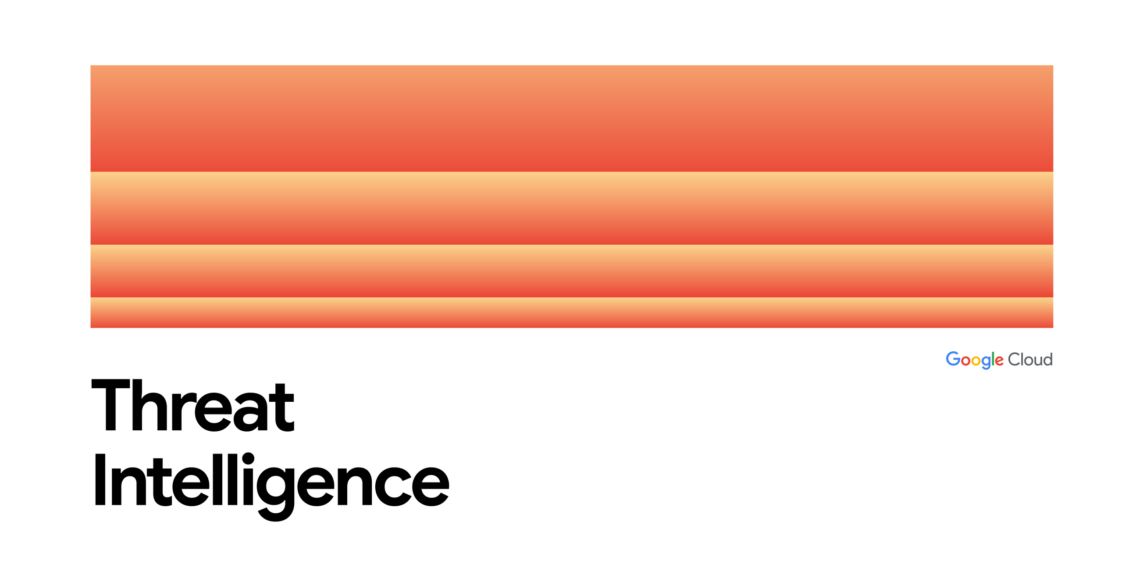In any case, determining malware functionality is more effective using the original complete binary instead of the AOT file, because the AOT file lacks much of the contextual information present in the original binary. This includes static data and complete Mach-O headers.
Poisoning AOT Files
Much has been written within the industry about the potential for the poisoning of the Rosetta 2 cache through modification or introduction of AOT files. Where SIP is disabled, this is a valid attack vector. Mandiant has not yet seen this technique in the wild; however, during hunting or investigation activities, it is advisable to be on the lookout for evidence of AOT poisoning. The best way to do this is by comparing the contents of the ARM64 AOT files with what would be expected based on the original x86-64 executable. This can be achieved by taking the original x86-64 executable and using it to generate a known-good AOT file, then comparing this to the AOT file in the cache. Discrepancies, particularly the presence of injected shellcode, could indicate AOT poisoning.
Conclusion
There are several forensic artifacts on macOS that may record historical evidence of binary execution. However, in cases of advanced intrusions with forensically aware attackers, original binaries being deleted, and no further security monitoring solutions, combining FSEvents, Unified Logs, and, crucially, residual AOT files on disk has provided the residual evidence of intrusion on a macOS system.
Whilst signed macOS ARM64 binaries may be the future, for now AOT files and the artifacts surrounding them should be reviewed in analysis of any suspected macOS intrusion and leveraged for hunting opportunities wherever possible.
The behavior identified in the cases presented here was identified on various versions of macOS between 13.5 and 14.7.2. Future or previous versions of macOS and Rosetta 2 may behave differently.
Acknowledgements
Special thanks to Matt Holley, Mohamed El-Banna, Robert Wallace, and Adrian Hernandez.
